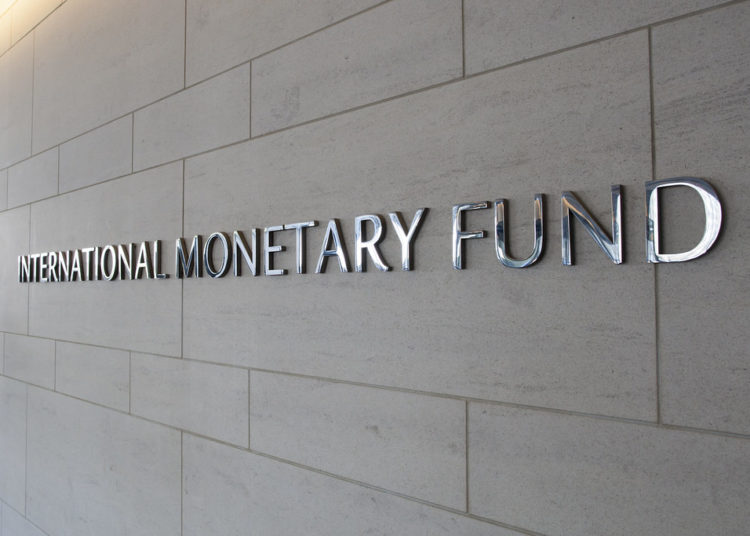The International Monetary Fund (IMF) has retained its growth forecast for Nigeria in 2023 at 3.2 per cent even as it said Sub-Saharan Africa is expected to experience a decrease in growth this year.
The IMF, in its latest World Economic Outlook (WEO), titled ‘Near-Term Resilience Persistent Challenges’ projected Sub Saharan Africa growth in 2023 at 3.5 percent in 2023, followed by a recovery to 4.1 per cent in 2024.
It furthered that Nigeria’s growth prospects for 2023 and 2024 are anticipated to gradually decline, aligning with the projections made in April, primarily due to security concerns in the oil sector.
In the report, IMF stated that, “In sub-Saharan Africa, growth is projected to decline to 3.5 per cent in 2023 before picking up to 4.1 per cent in 2024. Growth in Nigeria in 2023 and 2024 is projected to gradually decline, in line with April projections, reflecting security issues in the oil sector.
“In South Africa, growth is expected to decline to 0.3 percent in 2023, with the decline reflecting power shortages, although the forecast has been revised upward by 0.2 percentage point since the April 2023 WEO, on account of resilience in services activity in the first quarter.”
Responding to the impact of climate change in Sub-Saharan Africa as well as its growth prospects for SSA in the briefing yesterday, the Chief Economist and Director, Research Department, IMF, Pierre-Olivier Gourinchas said: “ For the whole region we have growth that is slowing a bit from 2022 to 2023 from 3.9 per cent to 3.5 per cent.
That’s a very mild downward revision for 2023 about 0.1 percentage points. So, this is a gross number that is kind of on the low side. I was talking earlier about the fact that this is not an environment that has very strong robust growth. And this is certainly one of the regions where we see that it’s very different from emerging Asia, for instance.”
On climate change, he added: “ It’s certainly the case that we’re seeing more extreme climate events. And some of these can have strong macroeconomic consequences. We’ve seen and talked about the drought in Argentina, we can think about the floods in Pakistan, and we can think about the impact of temperatures rising on agricultural yields in general and agricultural production.
“So, this is certainly something that is very important, especially for countries that have very little fiscal space, very small buffers with which they can address some of that volatility in food prices. And that’s causing in many of these countries situations of food insecurity that were particularly acute last year. They are a little bit less acute now because food prices have been coming down, but that remains an important risk going forward. And climate change is certainly something that is aggravating that phenomenon.”





